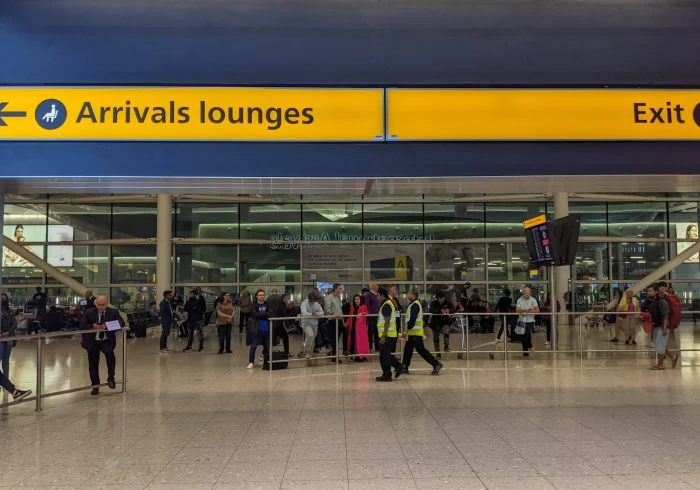
Watching the latest occasions in Afghanistan unfold within the headlines, I’ve been eager about how essential it’s to humanize far-away tragic occasions — and the distinctive skill of artists to accomplish that.
Picasso’s monumental portray “Guernica” — greater than 25 ft extensive — is a strong instance of this. It’s not solely a bit of artwork however a bit of historical past, capturing the horror of recent struggle in a contemporary model.
The portray (which has been recreated, on this {photograph}, on a wall within the Basque market city of Guernica itself) depicts a particular occasion. On April 26, 1937, Guernica was the goal of the world’s first saturation aerial-bombing raid on civilians. Spain was within the midst of the bitter Spanish Civil Struggle (1936–1939), which pitted its democratically elected authorities towards the fascist normal Francisco Franco. To quell the defiant Basques, Franco gave permission to his fascist accomplice Adolf Hitler to make use of the city as a guinea pig to check out Germany’s new air power. The raid leveled the city, inflicting destruction that was unprecedented on the time (although by 1944, it will be commonplace).
Information of the bombing reached Pablo Picasso, a Spaniard dwelling in Paris. Horrified at what was taking place again in his residence nation, Picasso instantly set to work sketching scenes of the destruction as he imagined it…
The bombs are falling, shattering the quiet village. A lady howls up on the sky, horses scream, and a person falls to the bottom and dies. A bull — an emblem of Spain — ponders all of it, watching over a mom and her useless child…a contemporary “pietà.”
Picasso’s summary, Cubist model reinforces the message. It’s like he’d picked up the bomb-shattered shards and pasted them onto a canvas. The black-and-white tones are as gritty because the newspaper photographs that reported the bombing, making a miserable, sickening temper.
Picasso selected common symbols, making the work a commentary on all wars. The horse with the spear in its again symbolizes humanity succumbing to brute power. The fallen rider’s arm is severed and his sword is damaged, extra symbols of defeat. The bull, usually a proud image of energy, is impotent and frightened. The scared dove of peace can do nothing however cry. The entire scene is lit from above by the stark mild of a naked bulb. Picasso’s portray threw a lightweight on the brutality of Hitler and Franco. And, out of the blue, the entire world was watching.
The portray debuted on the 1937 Paris exposition and triggered an instantaneous sensation. For the primary time, the world may see the harmful power of the rising fascist motion — a prelude to World Struggle II.
Ultimately, Franco received Spain’s civil struggle and ended up ruling the nation with an iron fist for the following 36 years. Picasso vowed by no means to return to Franco’s Spain. So “Guernica” was displayed in New York till Franco’s loss of life (in 1975), when it ended its many years of exile. Picasso’s masterpiece now stands in Madrid as Spain’s nationwide piece of artwork.
With every passing yr, the canvas appears increasingly more prophetic — honoring not simply the 1000’s who died in Guernica, however the 500,000 victims of Spain’s bitter civil struggle, the 55 million of World Struggle II, and the numerous others of latest wars. Picasso put a human face on what we now name “collateral harm.”



